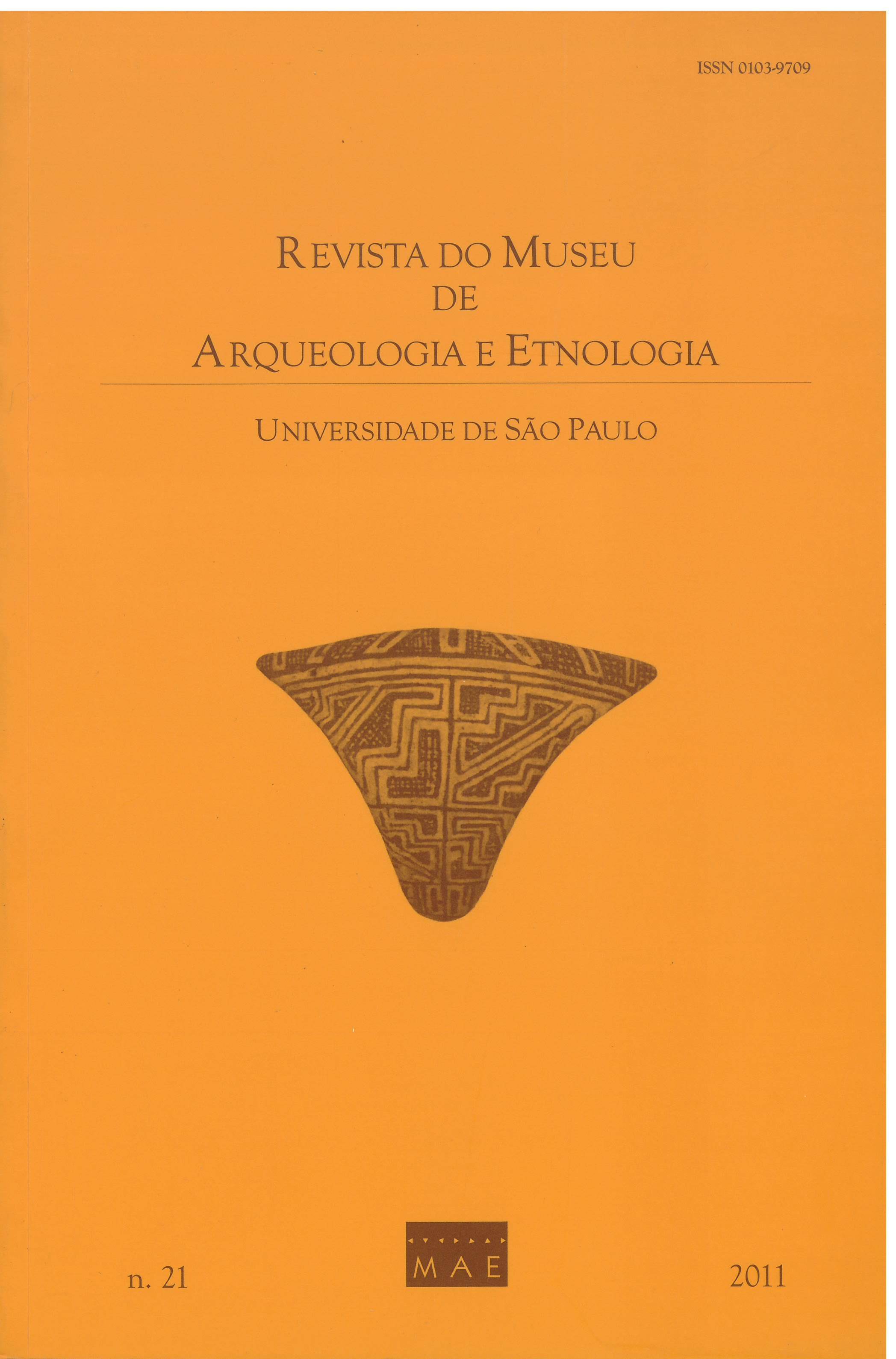Siliceous outcrops in the Serra da Capivara national park (Piaui, Brazil): first geoarchaeological data
DOI:
https://doi.org/10.11606/issn.2448-1750.revmae.2011.89965Keywords:
Siliceous rocks, Lithic industry, Souteastern Piaui, GeoarchaeologyAbstract
In lithic prehistoric assemblages from north-eastern Brazil, several siliceous raw materials have been indentified, making their petrographic definition obviously essential for geoarchaeological research. Studies of Holocene layers of Pedra Furada rock-shelter have revealed the importance of raw material economy and circulation in south-eastern Piauí between the late Pleistocene and early Holocene. Nevertheless, until the moment, no geoarchaeological and/or petrographic studies have been carried out on the many siliceous outcrops of the region. In this article, we present the methods and the first geoarchaeological results on 11 archaeological sites or outcrops at the southern fringe of “Serra da Capivara” National Park. Our results show that some types of flint previously considered as being of fluvial origin, are, in fact, derived by in situ alteration of ferrogineous silcrete from pre-Cambrian limestone outcrops. These new data implies in a reconsideration of mobility strategies adopted by pre-ceramic groups in this region.Downloads
Download data is not yet available.
Downloads
Published
2011-12-09
Issue
Section
Articles
License
Copyright (c) 2011 Vittorio Rioda, Federica Candelato, Leidiana Mota, Fabio Parenti

This work is licensed under a Creative Commons Attribution-NonCommercial-NoDerivatives 4.0 International License.
How to Cite
RIODA, Vittorio; CANDELATO, Federica; MOTA, Leidiana; PARENTI, Fabio. Siliceous outcrops in the Serra da Capivara national park (Piaui, Brazil): first geoarchaeological data. Revista do Museu de Arqueologia e Etnologia, São Paulo, Brasil, n. 21, p. 103–113, 2011. DOI: 10.11606/issn.2448-1750.revmae.2011.89965. Disponível em: https://www.journals.usp.br/revmae/article/view/89965.. Acesso em: 18 may. 2024.













